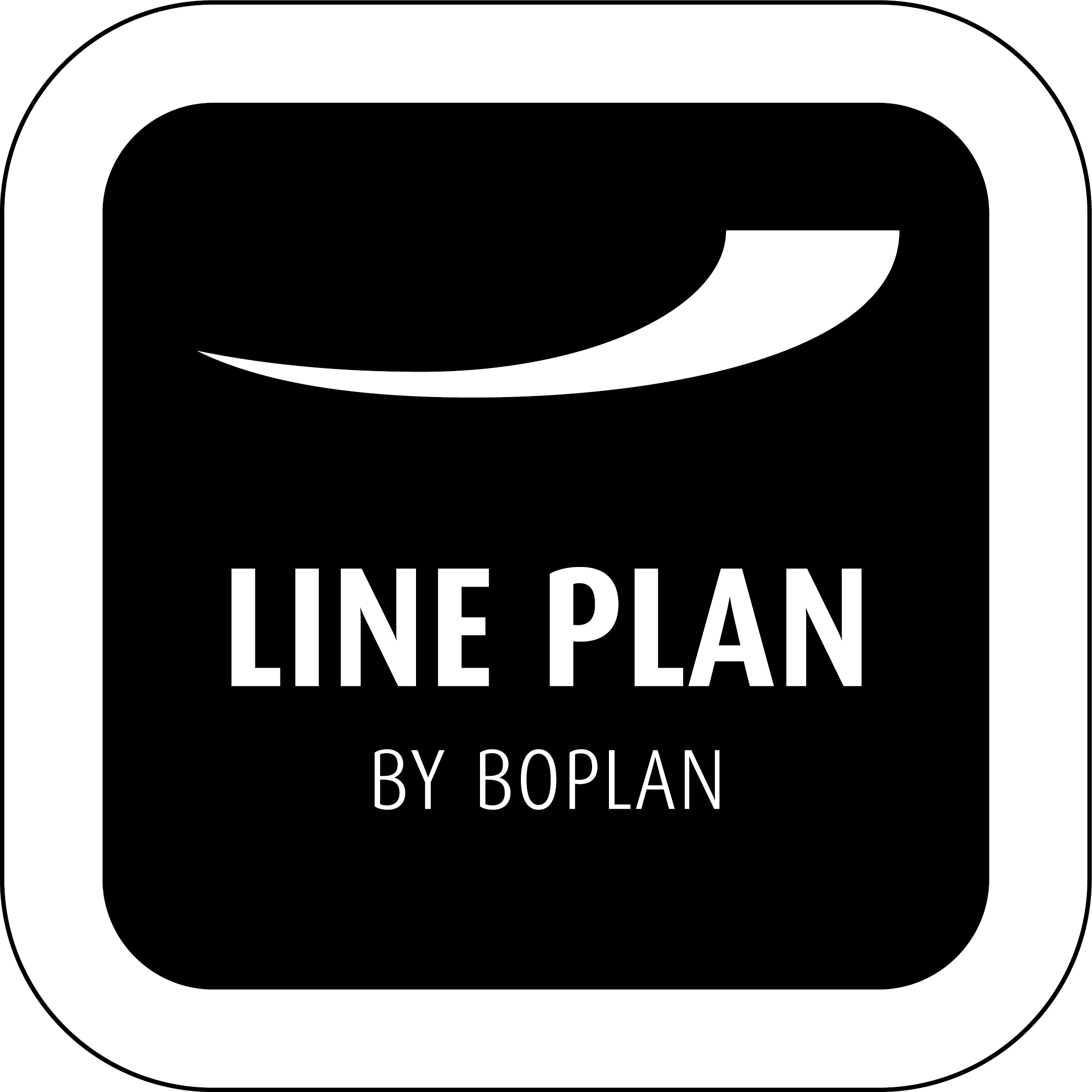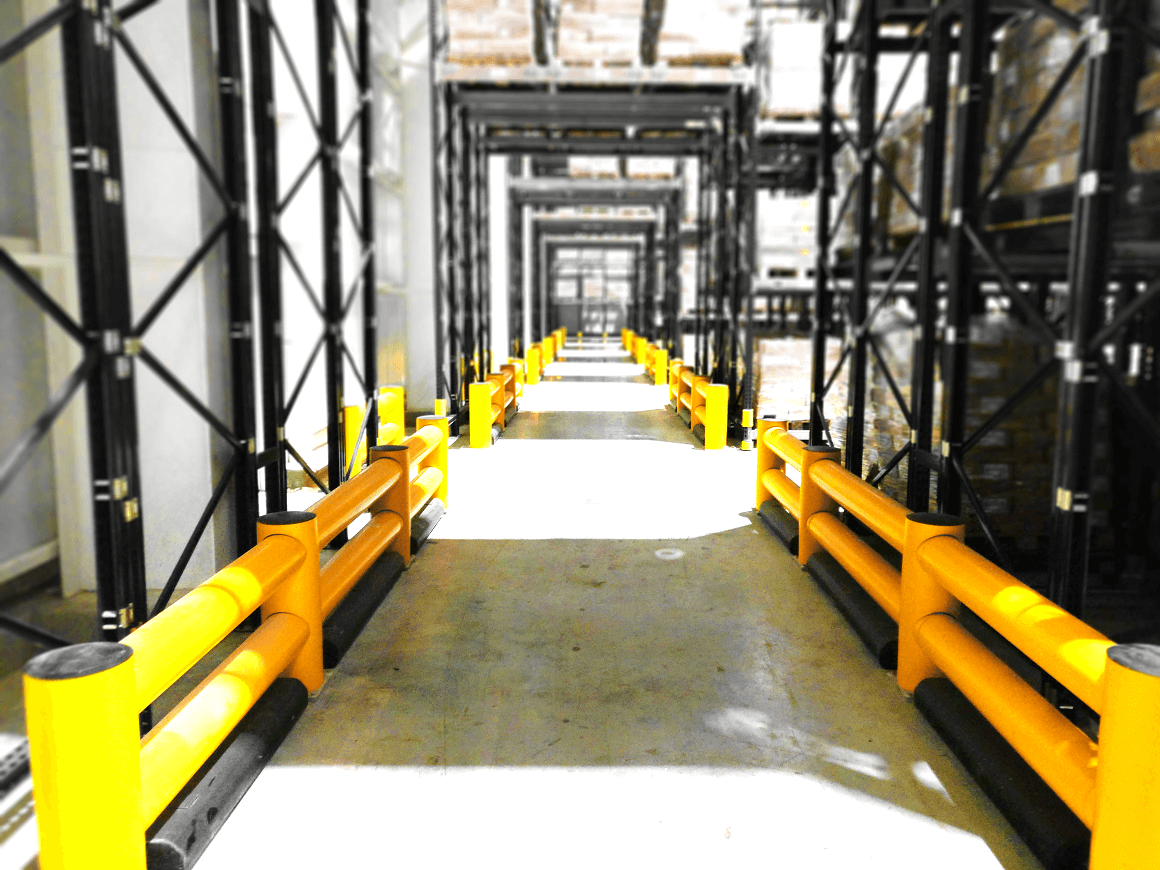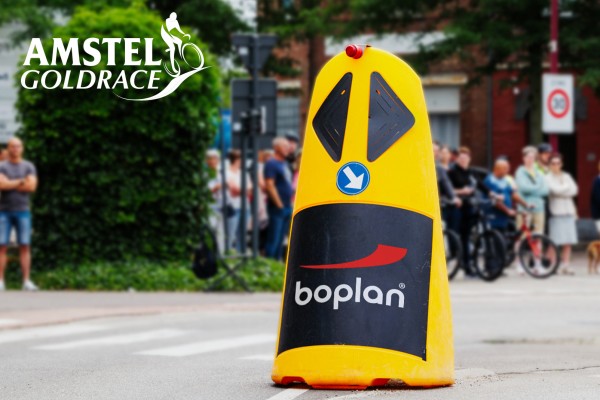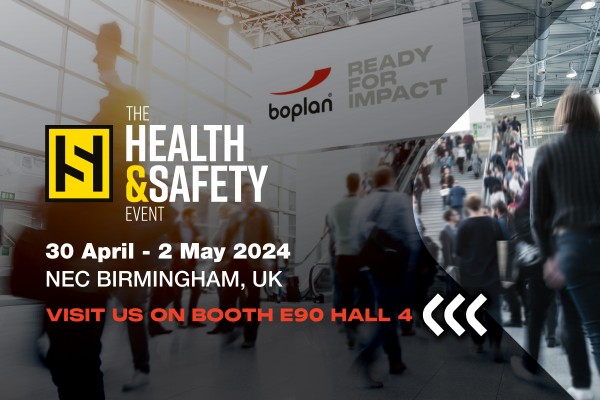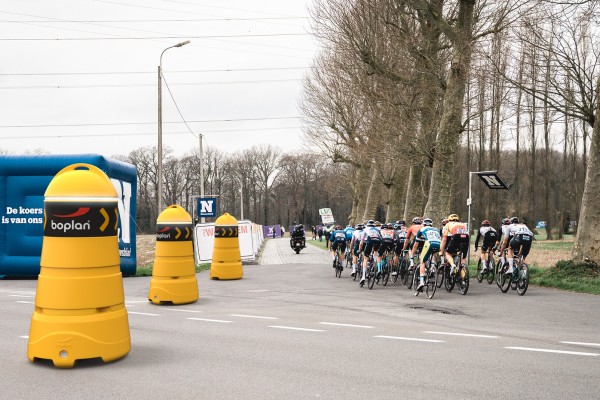Why More Employers Are Making Use of Safety Barriers
20 December 2017 in Health and Safety Flexible Safety BarriersIt is unfathomable to suggest that at one point in the workplace, regardless of the environment you work in, there was hardly any safety protocols in order to protect the workforce. Dial the clock back to the 60’s and 70’s where employees, such as coal miners and dock workers, were subject to extremely pressurising conditions with no reassurance over their safety. Not just their physical safety, but their job safety too. Fast forward 40 years and no company worth their salt would dream about having sub-par safety procedures or Health and Safety representatives. What’s changed?
Well, governmental law has developed to ensure that every employed individual has the right to go to work and return home to their family in a safe and sound manner. It is easy to say that this should have always been the case, but now companies are going above and beyond to minimise the risk of injury and hazards in the workplace.
Why is Safety Important?
The answer to the above question may sound redundant, as obviously safety is important. However, it is important to highlight and inform your workforce not just how important safety is, but how pivotal it is in order for everyone concerned to thrive in their job. Safety in the workplace acts as a metaphorical comfort blanket that no-one can see. The idea that workers can walk into a warehouse, office or public building and know that those above them (in the chain of command) are looking after them is reassuring to say the least.
A lack of safety presence can cause a chain reaction of catastrophe. Slips, trips and falls can easily happen and even the highest level of safety can’t avoid these scenarios. However, more severe accidents, like collisions with machinery or vehicle fleets hitting pedestrian workers, can be minimised with the simplest of safety measures. Simple, yes, but extremely effective.
21st Century Protection
Businesses in the 21st century have adapted and are beginning to use the latest technology in order to thrive in an ever-dominating digital era. More and more customers are shopping online by the day. Automated tools and equipment used in warehouses and factories help to deal with this demand quite well. Global conglomerates like Amazon are a prime example. Sooner or later the idea that a drone can deliver a customer’s order is to become a reality – a country mile away from the tradition of walking into a shop and picking up the item manually.
So as technology in production continues to expand, so does the way in which our warehouses and factories continue to protect their teams. It is often thought that due to the increase in robotisation, safety barriers will have no use anymore due to the reduction in human error. However, as robots have no awareness of their surroundings, except that which they have been programmed, it will be necessary to use safety barriers to protect both staff and the robots.
Safety Barriers – What’s The Deal?
Safety barriers within the workplace can be useful in the mission to reduce the likelihood of a workplace accident. They are structures that are designed to prevent entry into a potentially dangerous area, or areas that are a potential hazard. First and foremost, they are used to mitigate risks. They can either be a solid barrier, therefore physically restricting passage or entry, or soft barriers such as safety light curtains that are used to safeguard personnel from foreign bodies.
With hard barriers (the most commonly used in the workplace) they are bolted to the ground for optimum productivity and longevity. However, this can cause some potential problems depending on what the barrier is made from.
A traditional safety barrier tends to be made from steel. Although this is a rigid, sturdy material that is used to make vehicles and medical equipment; it isn’t the most reliable material in the event of a collision. Picture a steel block and someone holding a hammer. Once the hammer makes contact with the steel, the energy generated from the force of the collision will travel back to the source, in this instance the hammer and inevitably the person holding the hammer. Use this analogy with a vehicle and you can picture the potential damages.
The Dream Team
Obviously, it’s extremely beneficial to have the latest safety protocol and measures available, but if you were to combine them with the simplest of safety measures you have a potentially risk-free dream team. High-vis clothing is extremely useful in environments where there are vehicles and pedestrians in the same building, or areas with hidden blind spots for vehicle drivers. High-vis jackets are simple yet effective in the safest way, so if you were to have these present alongside the crème-de-la-crème safety measures (such as modular safety barriers) you really are taking great strides to remove a large percentage of the potential risks in the workplace!
So Why Are Employers Making Use of Safety Barriers?
The answer is simple – to protect their workers. It has always been said that a safe worker is a productive worker and a productive worker means a productive business. It all adds up to the same harmonious equation that every business wants to solve. What’s best is that if you were to choose the right product for your business, it could mean a long period of protection for your assets and your workforce.
It is important that you put time aside to research safety barriers to ensure that, as mentioned above, you choose the most appropriate product to protect what’s most important in the business. That being said, you would probably rather have a variety to choose from rather than trying to manipulate one product that has one purpose to try and use it for another purpose, which is essentially the bulky way of describing trial and error. You can remove that problem entirely with the help of an expert company who specialise in safety mechanisms.
Polymer Protection vs Steel Setbacks
Rather than continuing with the traditional steel barrier, it may be time for a makeover with your workplace. Of course, any safety barrier is better than no safety barrier but a polymer safety barrier can work wonders on several levels. A flexible polymer safety barrier disperses the energy generated from a collision amongst itself, rather than sending the energy back towards the source. Because of this, a polymer barrier retains its façade for a much longer period than a traditional steel barrier.
Yes, all barriers need to be bolted to the ground for optimal performance, but a steel barrier can potentially set you back a lot of money in repairs. Not just to the barrier itself, but the surrounding floor as the barrier will jolt upon collision. However, with a flexible barrier, and the way it deals disperses the energy, the floor is left undamaged, as well as the vehicle and driver involved. Cost-effective all round!
Also, if you were to need a customised safety barrier, this is extremely difficult and expensive to achieve with a steel barrier. All polymer safety barriers are modular, meaning not only are they easy to install but they can be configured with ease to meet the needs of your workplace, and can be transported just as easily.
Don’t Risk Safety in the Workplace
If you want to make a change or upgrade your business’ safety protocols, then act upon it swiftly. Pardon the pun but don’t risk safety in the workplace and potentially put your workforce in danger. You can make a change and ensure your business, your workforce and your assets are well protected, 365 days a year.
If you would like any assistance, then we here at Boplan are more than happy to lend a pair of ears and hands. We can take your requests and circumstances into consideration and help you choose the ideal product(s) to shield your business from potential harm. Our extensive catalogue means you’ll almost be spoilt for choice!
If you want to get in touch and have a chat with one of our expert team you can do so on 01902 824 280. One of our team will answer any questions you may have about polymer safety barriers and what they can do for you in the long term.
The first step in achieving a potentially risk-free working environment is locating the risks and putting the measures necessary in place. In the ideal world, every business would be risk free but unfortunately this isn’t the case and an accident can lurk at every corner. You can step in and nip any potential hazard in the bud before it escalates and continue to allow every worker that steps through your main door to return home to their families in a safe and content manner.





